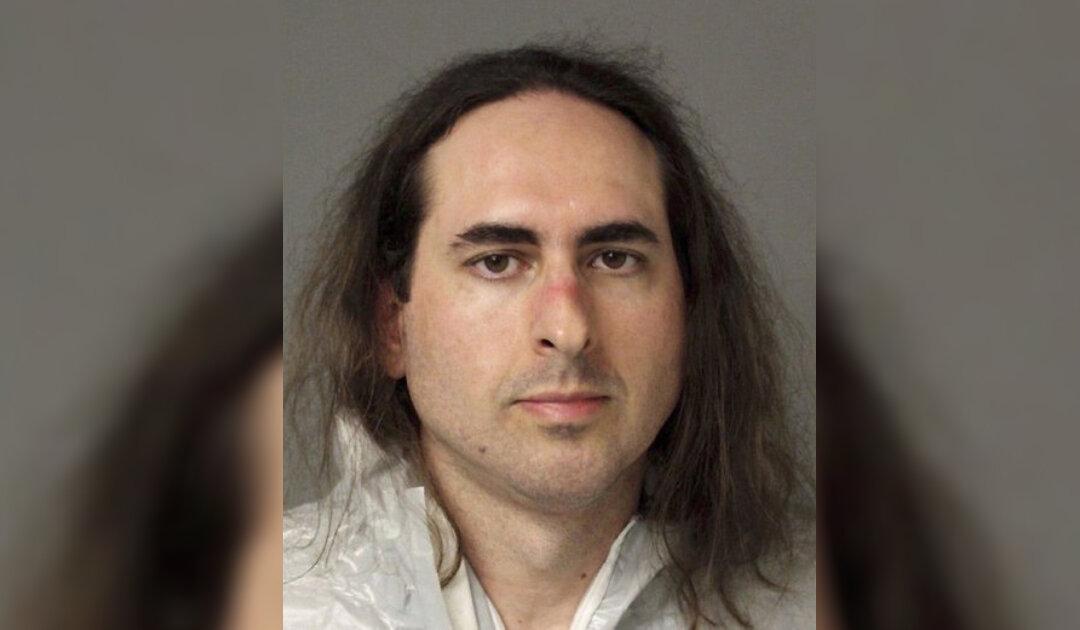By Alex Mann
From The Baltimore Sun
BALTIMORE—The man who admitted murdering five employees of the Capital Gazette newspaper nearly three years ago initially planned to blow up a building, then studied police response times to other mass shootings in hopes of eluding capture, according to reports made public in court on Wednesday.





